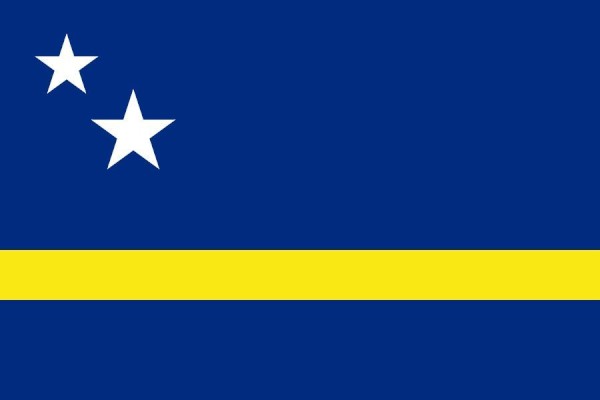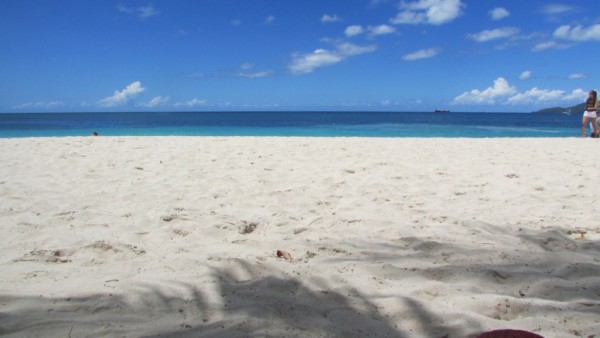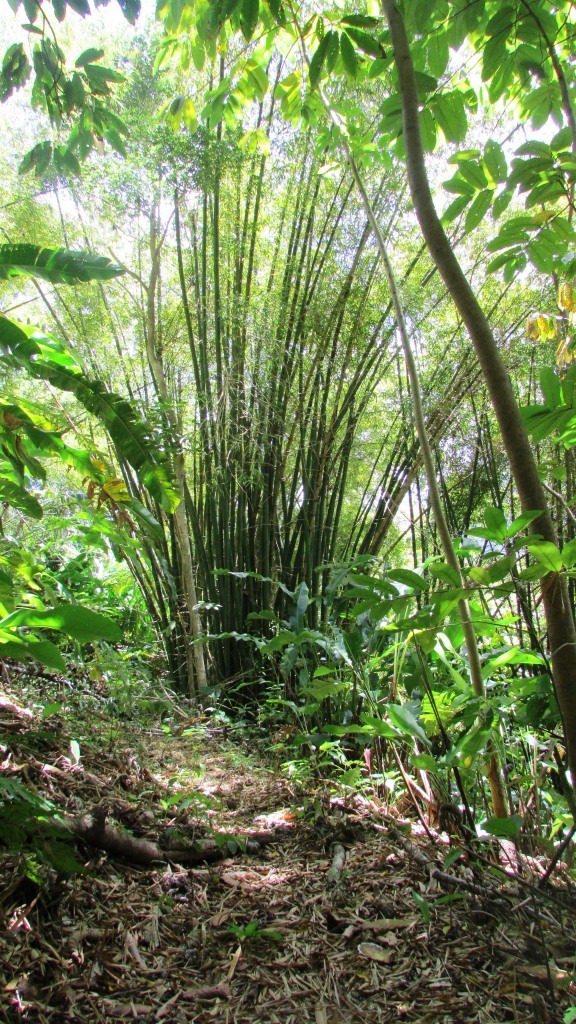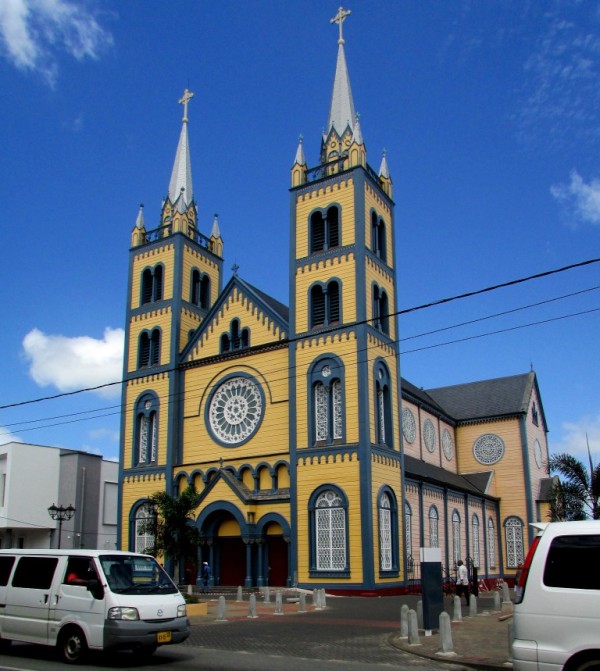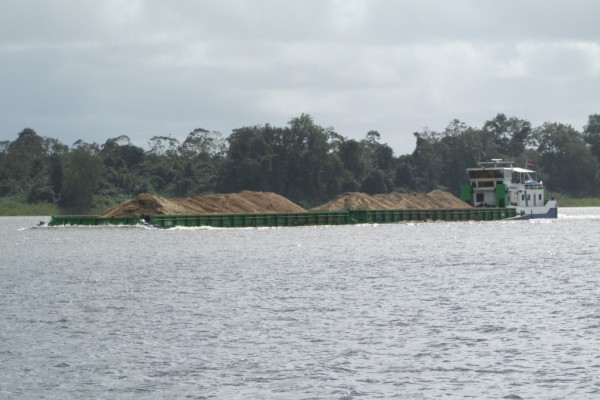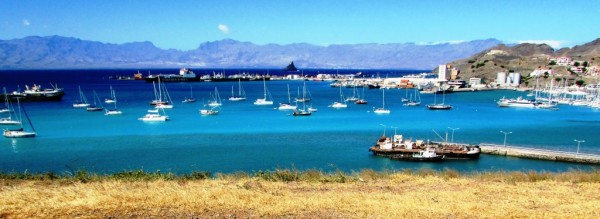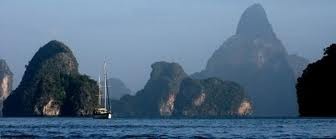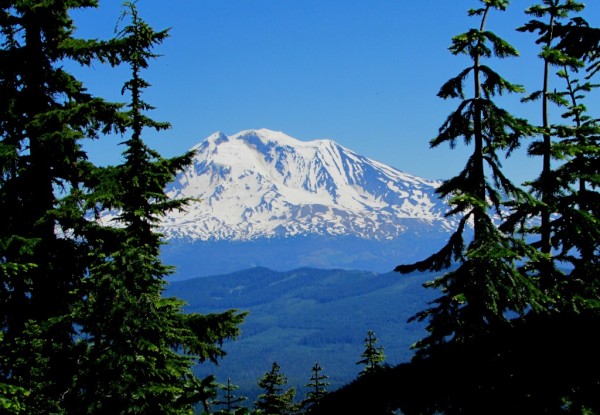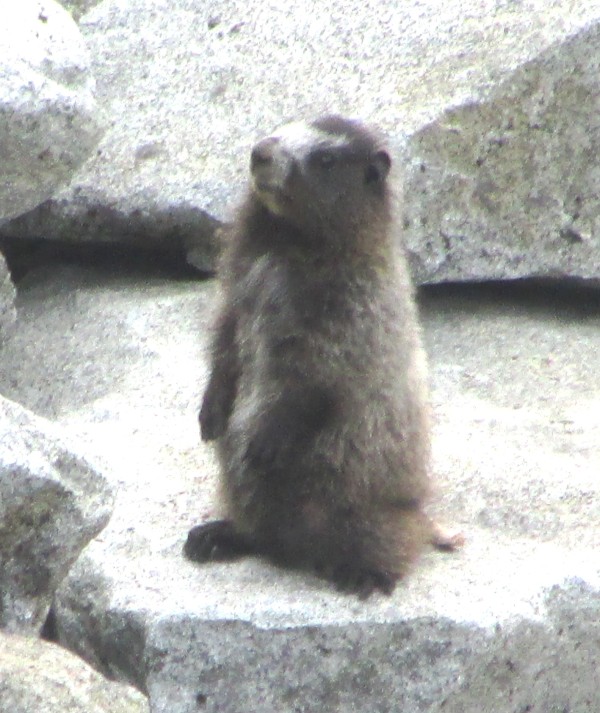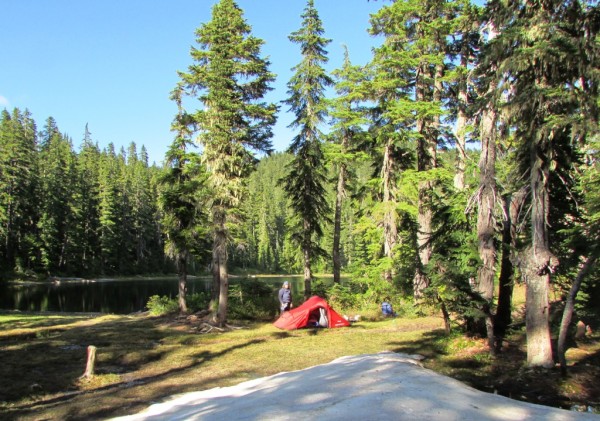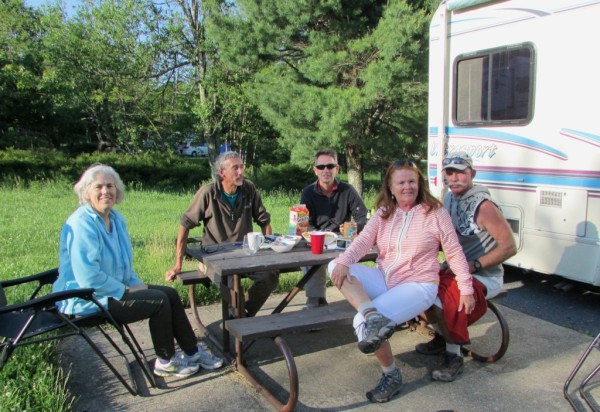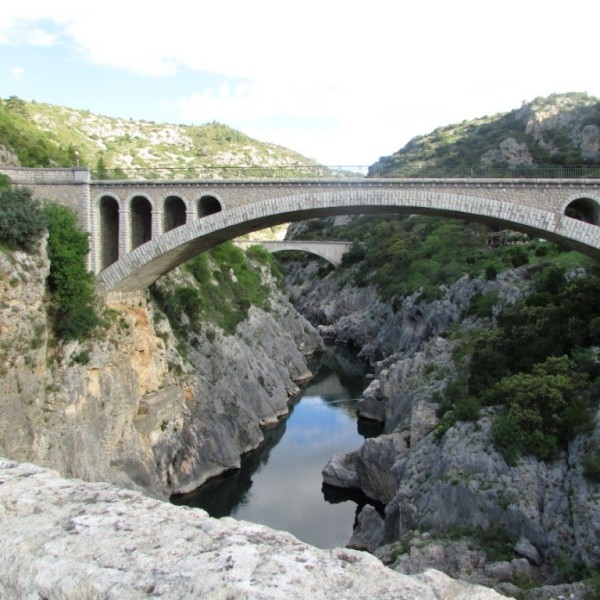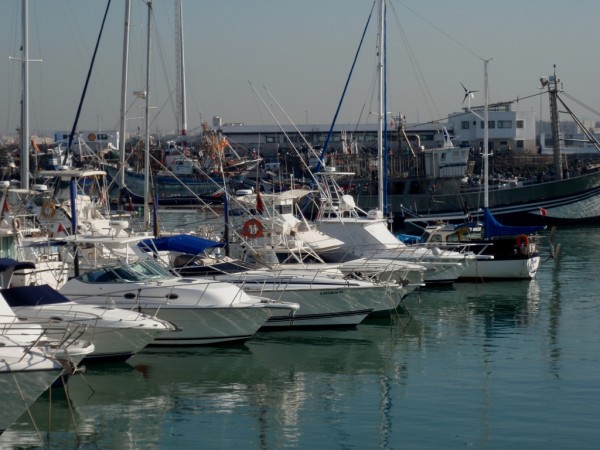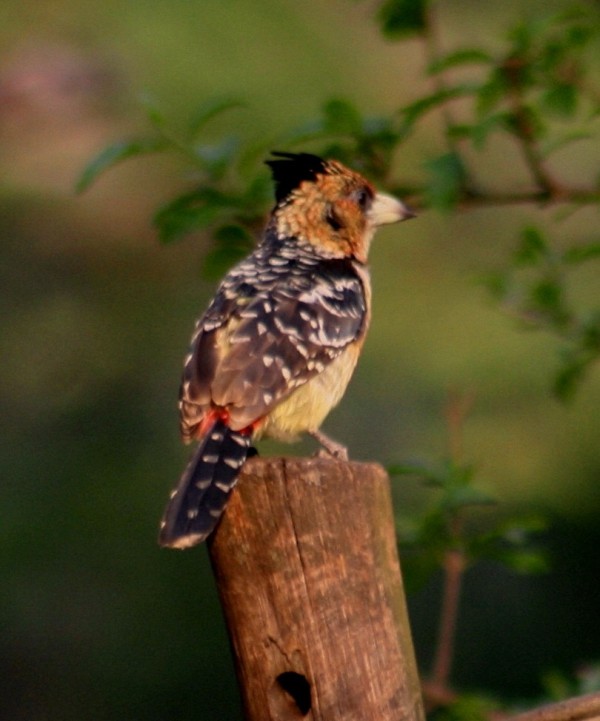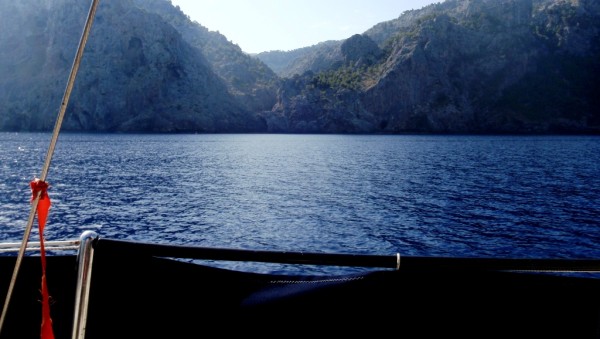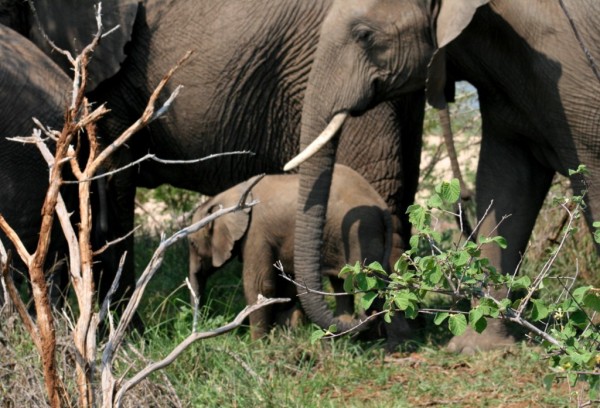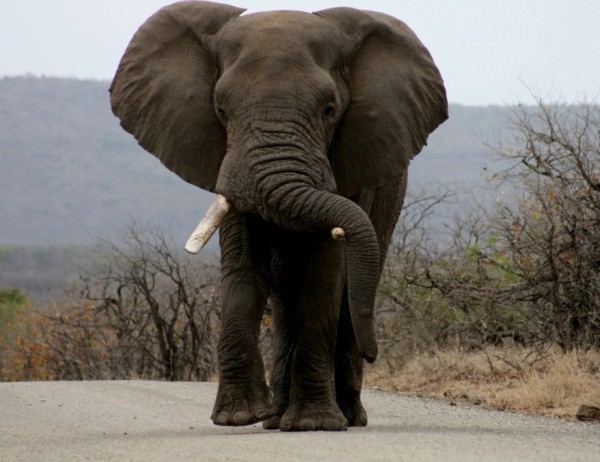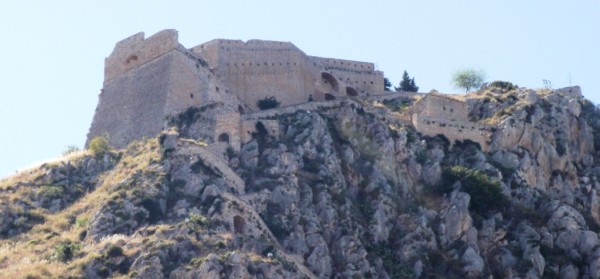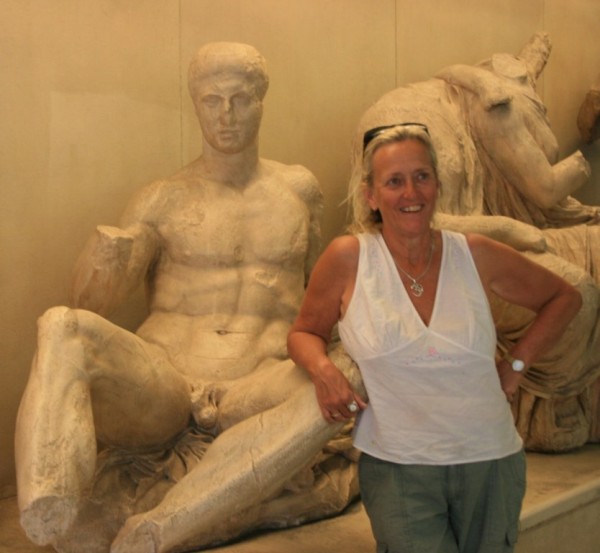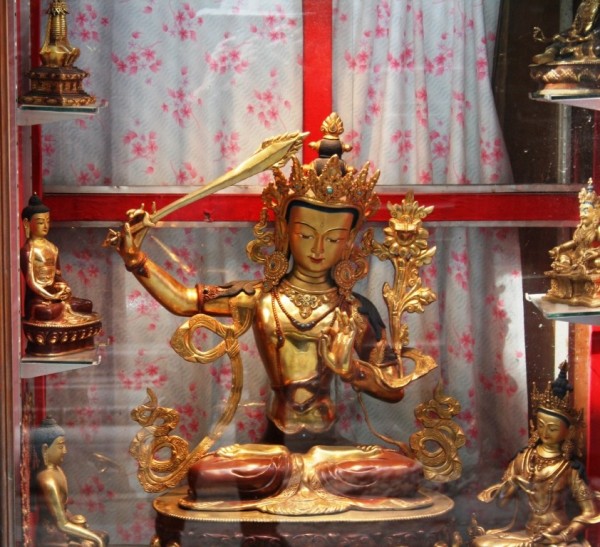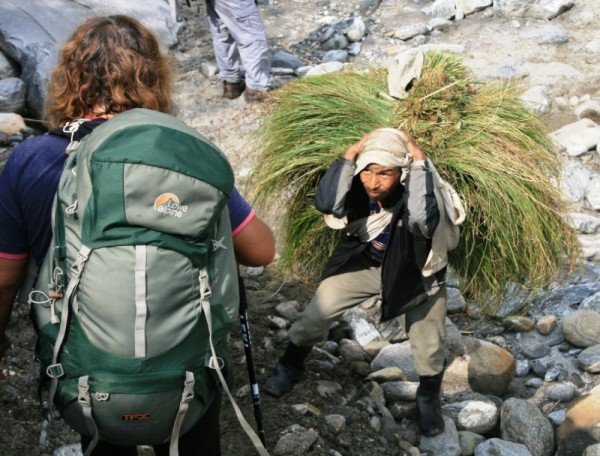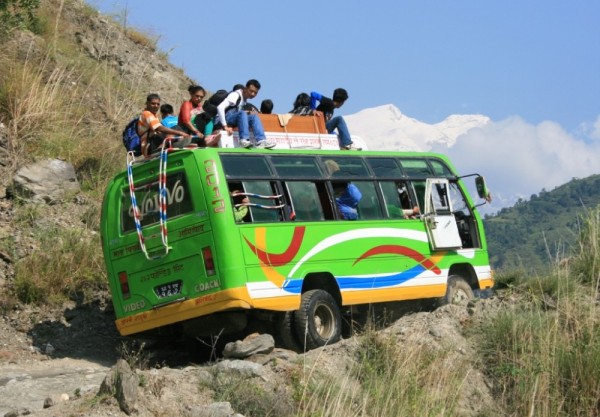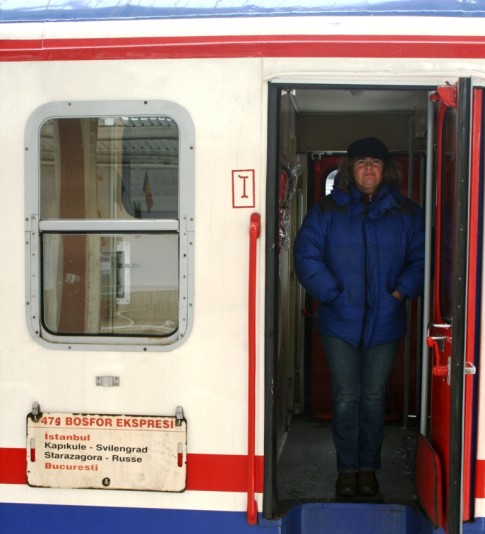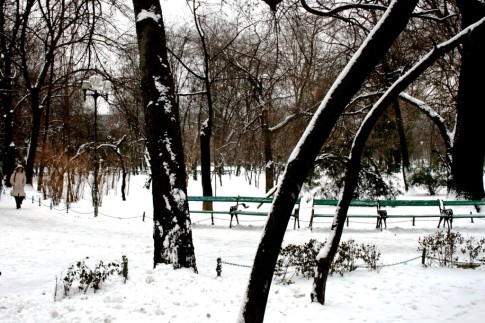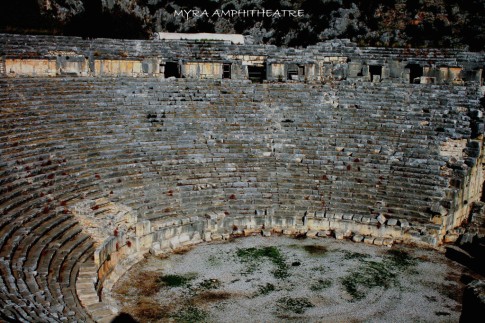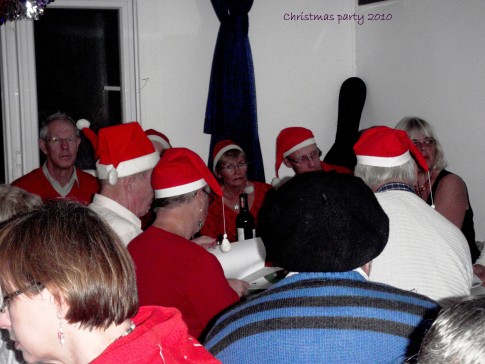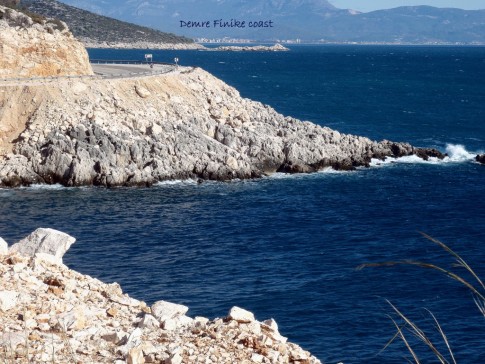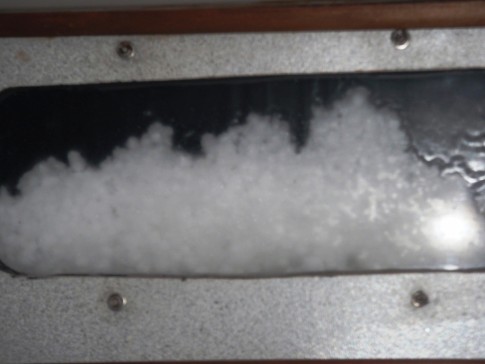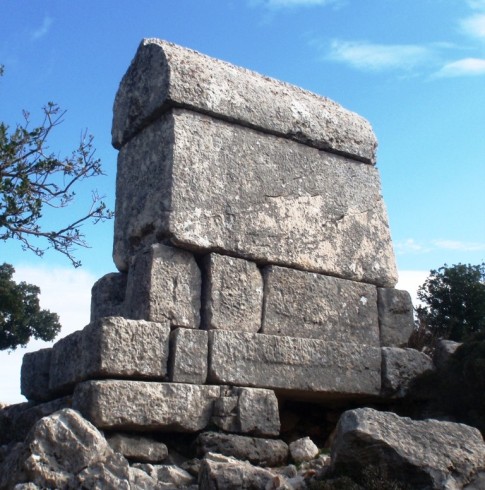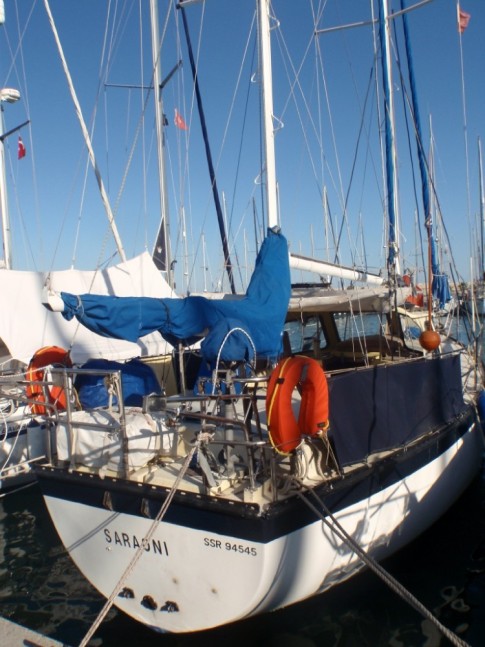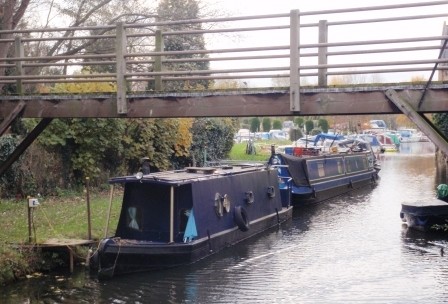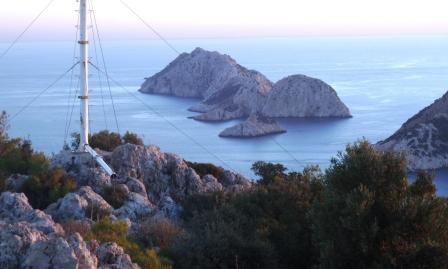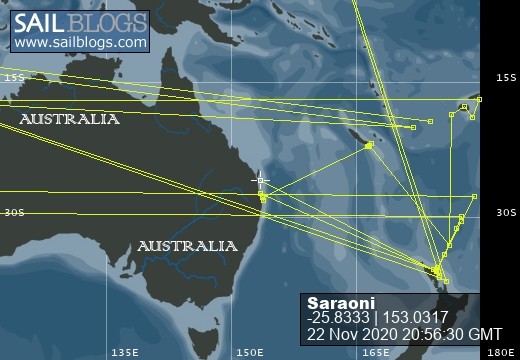
SVs Saraoni and Sundari
09 April 2024 | The Broadwater, Gold Coast, Australia
03 March 2024 | Hope Harbour marina, Gold Coast, Australia
03 January 2024 | Karragarra Channel, South Moreton Bay Islands, Queensland
15 December 2023 | Riverheads, Mary River, Great Sandy Strait, Queensland
23 October 2023 | Great Keppel Island
07 August 2023 | Trinity Inlet, Cairns, North Queensland
23 July 2023 | Trinity Inlet, Cairns, Far North Queensland.
07 July 2023 | Cairns
19 May 2023 | North West island, Capricornia Cays, Queensland
15 May 2023 | Burnett River, Bundaberg, Queensland.
29 April 2023 | Manly marina, Moreton Bay, Queensland, Australia
04 March 2023 | South Auckland, New Zealand
18 January 2023 | Gold Coast Broadwater, Queensland
17 November 2022 | Collie, Southern WA, Australia
29 October 2022 | Albany, SW Australia
14 October 2022 | Augusta, WA, Australia
15 August 2022 | Karragarra Passage, Southern Moreton Bay, Queensland, Australia
14 July 2022 | Raby Bay, off Moreton Bay, Queensland
13 June 2022 | Camooweal, Far West Queensland
20 May 2022 | Alice Springs, Northern Territory, Australia
Happy 25th !
10 December 2011 | Aghios Nikolaos, Crete, Greece
Alison and Geoff; sunny and calm with blue skies and seas
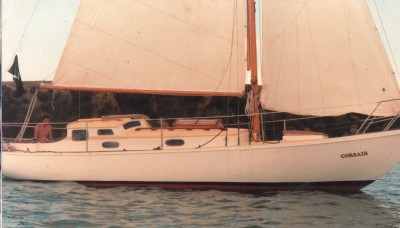
25 years ago, just after Christmas, we put up our first sails on "Corsair" in Izzy Bay on Auckland's Rangitoto island. We kept our anchor firmly down just in case we actually sailed off while we worked out what to do next. A few months later we were crossing the Tasman on a journey that was to take 17 days.
For photos of our first 25 years afloat click HERE
We're back on the boat in lovely sunshine in Crete, fitter and leaner after our days in the high mountains of Nepal. We're busy tapping away on our little netbooks like mad to catch up with online work that seems to have piled up - and make some money. Christmas is a couple of weeks away and then the New Year - in which we head off towards Central America but this will require a couple of thousand miles of Mediterranean sailing first before edging out into the Atlantic sometime in October.
We have a reason to celebrate over this period - we have clocked up a quarter century on the sea or at least for a quarter of a century the sea has been our home - not in it, but on it - in our two little boats. Pehaps celebration is not quite the right word - some people probably think we are insane to spend so long afloat, maybe "milestone" is a better choice!
It was between Christmas and New Year 1986 that we left our Auckland rented flat and made home in "Corsair" - a timber, fractional rigged Lidgard sloop more than 50 years old and designed more for the relatively sheltered waters of the Hauraki Gulf rather than the turbulent Tasman. Not ones in our exuberant youth to balk at adventure, we immediately headed off for that particular patch of sea without a radio or liferaft or any ocean sailing experience, but equipped with a fifty dollar plastic sextant and three hundred dollars in savings. At that time Geoff had a smattering of sailing knowledge while Alison was trying to rack her brains of distant memories of sailing encounters off the coast of Plymouth. We were both hopeless at maintenance and depended on others for advice - we hardly knew one end of a screwdriver from the other. Twelve years later we were still at home on Corsair and certainly knew more about screwdrivers, let alone propping the boat up on any old convenient wreck for cleaning and painting its ageing kauri hull - we pretty well had to, being in the remoteness of PNG.
Five ocean crossings, one almost penniless, cyclones, encounters with bandits, meaningful involvement with likeable people with one foot in the stone age and the other in the computer age, innumerable anchorages of unimaginable remoteness and beauty, marine wildlife aplenty and always the movement and subtle and not so subtle noises of being on the water.
Our Corsair life was linked most of all to our time in Papua New Guinea - as teachers, sailors and observers - our time in this country of unpredictable but never dull experiences spanned ten of the first twelve watery years.
Our second home "Saraoni"- was built of fibreglass - a South Coast 36 design - purchased in 1998 in Queensland's Whitsundays, and has led us further and faster. Renamed after our favourite and familiar weekend anchoring and resting spot on the edge of PNG's Milne Bay it never had the emotional resonance that a ship made from huge ancient trees could provide but proved to be a more useful and functional mobile marine machine. Four times up and down the East Australian Coast, across the Tasman to New Zealand for five years and then back to Australia and on to Asia and Europe. Eight more ocean crossings and an uncountable number of different anchorages have been experienced and mostly enjoyed. The highlight of our time with Saraoni has been an opportunity over several years to explore the vast remoteness and nature of Australia's Arnhem Land coast with its golden beaches untrammelled by human contact, crisscrossed by quoll, goanna, thicknee and the odd crocodile.
Significantly, Saraoni has provided us with cheap or free accommodation along with holidays afloat, electricity from the wind and the sun backed up by an able diesel engine, drinking water from the sky and the sea via our onboard desalinator, hungry fish that assist with the recycling of some of our waste, a limitation on materialist splurges as size determines everything we can keep.
Saraoni seems small now as the size of boats transiting long distances have grown and grown in order to satisfy the idea that big is somewhat better. Oh well. We all seem to end up in the same places even if some of us take longer than others. Other people have worked harder and longer or have been luckier than us and we've worked harder and longer at being content with less.
So - forward we sail into our 26th year in our little plastic home with its enormous swimming pool, hopefully always on top of that sometimes capricious sea some more years yet - providing we, our boat and the world's climate don't all deteriorate at the same time or pace.
For photos of our first 25 years afloat click HERE
We're back on the boat in lovely sunshine in Crete, fitter and leaner after our days in the high mountains of Nepal. We're busy tapping away on our little netbooks like mad to catch up with online work that seems to have piled up - and make some money. Christmas is a couple of weeks away and then the New Year - in which we head off towards Central America but this will require a couple of thousand miles of Mediterranean sailing first before edging out into the Atlantic sometime in October.
We have a reason to celebrate over this period - we have clocked up a quarter century on the sea or at least for a quarter of a century the sea has been our home - not in it, but on it - in our two little boats. Pehaps celebration is not quite the right word - some people probably think we are insane to spend so long afloat, maybe "milestone" is a better choice!
It was between Christmas and New Year 1986 that we left our Auckland rented flat and made home in "Corsair" - a timber, fractional rigged Lidgard sloop more than 50 years old and designed more for the relatively sheltered waters of the Hauraki Gulf rather than the turbulent Tasman. Not ones in our exuberant youth to balk at adventure, we immediately headed off for that particular patch of sea without a radio or liferaft or any ocean sailing experience, but equipped with a fifty dollar plastic sextant and three hundred dollars in savings. At that time Geoff had a smattering of sailing knowledge while Alison was trying to rack her brains of distant memories of sailing encounters off the coast of Plymouth. We were both hopeless at maintenance and depended on others for advice - we hardly knew one end of a screwdriver from the other. Twelve years later we were still at home on Corsair and certainly knew more about screwdrivers, let alone propping the boat up on any old convenient wreck for cleaning and painting its ageing kauri hull - we pretty well had to, being in the remoteness of PNG.
Five ocean crossings, one almost penniless, cyclones, encounters with bandits, meaningful involvement with likeable people with one foot in the stone age and the other in the computer age, innumerable anchorages of unimaginable remoteness and beauty, marine wildlife aplenty and always the movement and subtle and not so subtle noises of being on the water.
Our Corsair life was linked most of all to our time in Papua New Guinea - as teachers, sailors and observers - our time in this country of unpredictable but never dull experiences spanned ten of the first twelve watery years.
Our second home "Saraoni"- was built of fibreglass - a South Coast 36 design - purchased in 1998 in Queensland's Whitsundays, and has led us further and faster. Renamed after our favourite and familiar weekend anchoring and resting spot on the edge of PNG's Milne Bay it never had the emotional resonance that a ship made from huge ancient trees could provide but proved to be a more useful and functional mobile marine machine. Four times up and down the East Australian Coast, across the Tasman to New Zealand for five years and then back to Australia and on to Asia and Europe. Eight more ocean crossings and an uncountable number of different anchorages have been experienced and mostly enjoyed. The highlight of our time with Saraoni has been an opportunity over several years to explore the vast remoteness and nature of Australia's Arnhem Land coast with its golden beaches untrammelled by human contact, crisscrossed by quoll, goanna, thicknee and the odd crocodile.
Significantly, Saraoni has provided us with cheap or free accommodation along with holidays afloat, electricity from the wind and the sun backed up by an able diesel engine, drinking water from the sky and the sea via our onboard desalinator, hungry fish that assist with the recycling of some of our waste, a limitation on materialist splurges as size determines everything we can keep.
Saraoni seems small now as the size of boats transiting long distances have grown and grown in order to satisfy the idea that big is somewhat better. Oh well. We all seem to end up in the same places even if some of us take longer than others. Other people have worked harder and longer or have been luckier than us and we've worked harder and longer at being content with less.
So - forward we sail into our 26th year in our little plastic home with its enormous swimming pool, hopefully always on top of that sometimes capricious sea some more years yet - providing we, our boat and the world's climate don't all deteriorate at the same time or pace.
| Vessel Name: | Saraoni (1) and Sundari (2) |
| Vessel Make/Model: | South Coast 36 and Beneteau 473 respectively |
| Hailing Port: | Lamb Island, Australia |
| Crew: | Alison and Geoff Williams |
| About: | |
| Extra: | CONTACT DETAILS Telephone / SMS number +61 456 637 752 (Australian mobile no.) +64 28 432 5941 NZ mobile no.) Email yachtsundari@gmail.com (main email address) |
Saraoni (1) and Sundari (2)'s Photos - Main
|
A collection of photos taken while teaching and cruising in PNG's Milne Bay Province
74 Photos
Created 29 April 2023
|
|
Some rather idiosyncratic metal sculptures in outback Queensland between Aramac and Lake Dunn
8 Photos
Created 27 September 2020
|
|
A collection of photos taken during the Tiki Tour of the Southern half of the South Island, November / December 2019
40 Photos
Created 15 December 2019
|
|
Photos taken of Saraoni. All interior photos were taken in the last week.
10 Photos
Created 2 April 2019
|
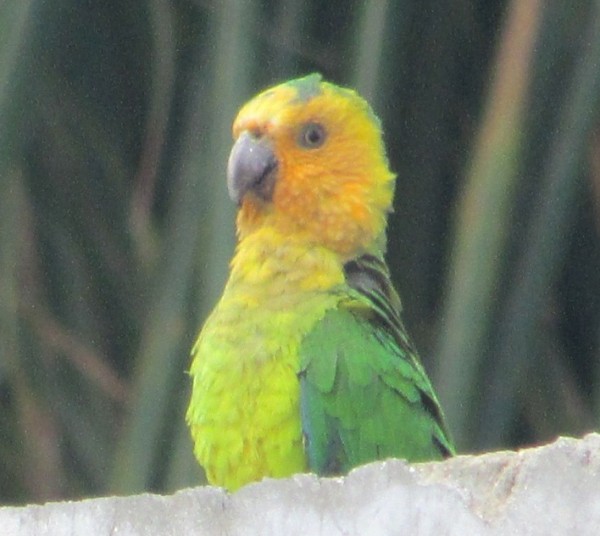 |
The ABCs - Aruba, Bonaire and Curacao are mostly low lying dry, scrubby islands in the Western Caribbean near the Venezuelan coastline
15 Photos
Created 21 May 2014
|
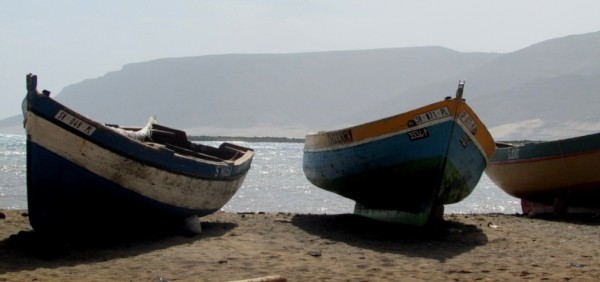 |
Images of the 2 islands in the Cape Verde island group we visited on our way across the Atlantic in 2013 - Sao Vicente and Santo Antaao.
37 Photos
Created 26 December 2013
|
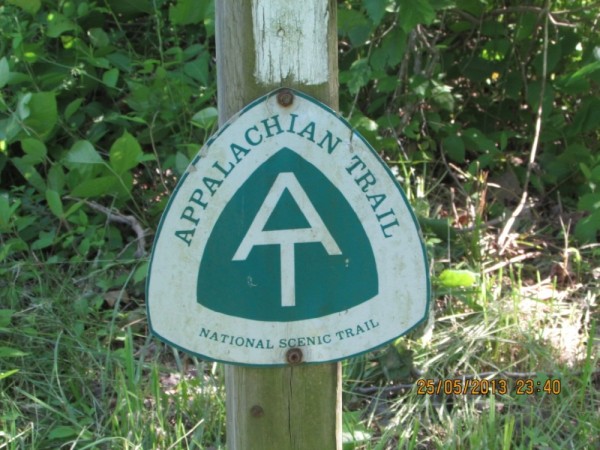 |
Photographic images of our long walk along the Appalachian mountains in the USA
26 Photos
Created 10 June 2013
|
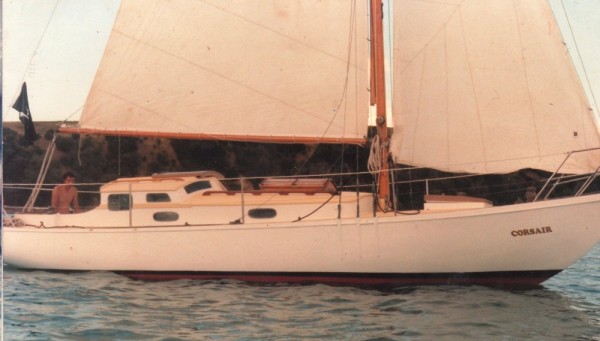 |
O.K. We're mad, but we somehow prefer a home on the sea to one on dry land.
12 Photos
Created 17 December 2011
|
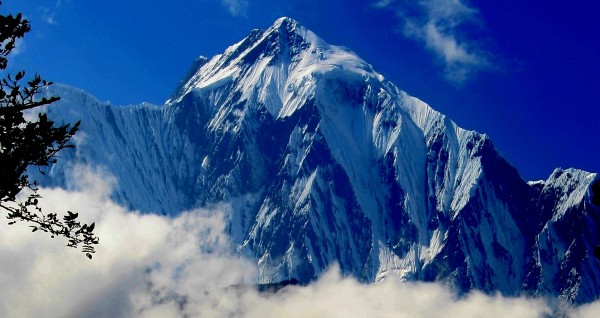 |
Nepal has ten of the world's highest mountains within its boundaries or shared with India and Tibet - these are truly giant peaks!
22 Photos
Created 15 December 2011
|
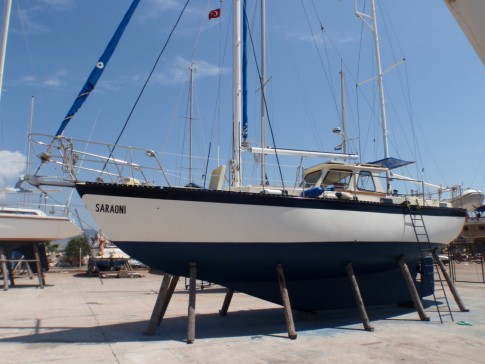 |
Saraoni hauled out on Finike's hardstand for biennial maintenance and painting
3 Photos
Created 26 April 2011
|
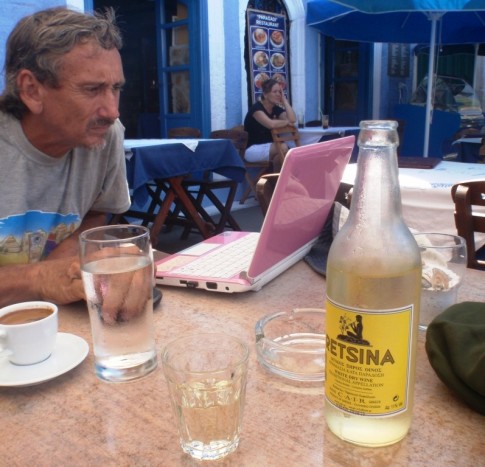 |
The small rocky island of Kastellorizou is Greece's most remote island
7 Photos
Created 11 December 2010
|
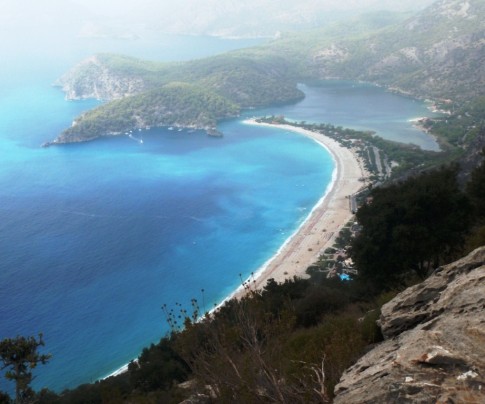 |
Cruising and walking Turkey's Lycian coast September and October 2010
19 Photos
Created 11 December 2010
|
Exploring as Much as We Can Until We Can't
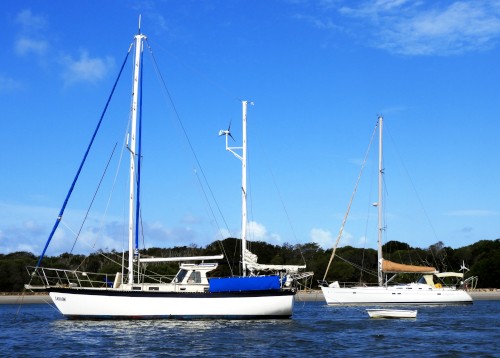
Who: Alison and Geoff Williams
Port: Lamb Island, Australia
Blog Categories by Year
- 2023 Aust NZ
- 2022 Aust
- 2021 Aust
- 2020 Aust, NZ
- 2019 Aust, NZ
- 2018 New Cal Aust and NZ
- 2017 NZ, Aust, Tonga, Fiji, New Caledonia
- 2016 NZ Niue and Canada
- 2015 Pacific Crossing Panama to NZ, Galapagos, French Polynesia, Cooks, American Samoa and Tonga
- 2015 and 2014 Suriname Colombia Panama and Costa Rica
- 2014 U.S. Cycle trip
- 2014 Caribbean Islands Trinidad to Aruba
- 2014 Atlantic Crossing Cape Verdes to Suriname
- 2013 Cape Verdes, West Africa
- 2013 Canaries Post USA
- 2013 U.S.A. Hiking Trips Appalachians and Cascades
- 2013 Canaries Pre U.S.A.
- 2013 Morocco
- 2012 South Africa and Swaziland
- 2012 Mediterranean Spain and France
- 2012 Italy
- 2012 and 2011 Greece
- 2011 A Quarter Century on the Sea
- 2011 Nepal
- 2011 and 2010 Turkey
- 2010 Oman Yemen the Red Sea and Israel
- 2010 South Asia: India and Sri Lanka
- 2009 Malaysia and Thailand
- 2009 and 2008 Aust and SE Asia
- 2007 Australia
- 2006 NZ to New Caledonia and Australia
- A Tale of Three Boats
- 1978 to 2018 Perspectives on a Long Journey
